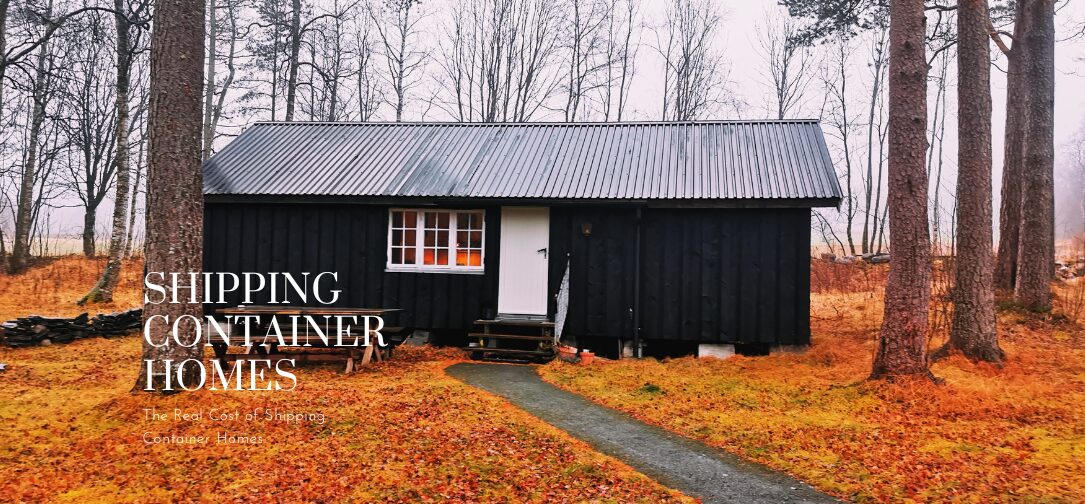Discover how to budget effectively and avoid hidden costs when building a container home.
Shipping container homes are often marketed as a cost-effective alternative to traditional housing, but how affordable are they really? While they offer significant savings in some areas, hidden expenses can quickly add up. From purchasing the container to customization and permitting, this guide explores the true costs of building a container home and how to budget effectively.
Breaking Down the Costs of a Shipping Container Home
The base price of a shipping container might seem like a bargain, but it’s only a fraction of the overall expense. A standard 20-foot container can cost between $2,000 and $5,000, while a 40-foot container ranges from $3,000 to $7,000. However, these prices do not include modifications, insulation, foundation, and permits—expenses that can push the total cost well beyond initial expectations.
A basic, single-container home can cost anywhere from $10,000 to $40,000, while multi-container designs with extensive customization can exceed $100,000. The final cost depends on factors like structural modifications, plumbing, electrical work, and high-end finishes.
Hidden Expenses That Can Inflate Your Budget
While container homes are marketed as an affordable solution, several hidden costs can impact the final budget:
- Site Preparation & Foundation: Even though containers provide structural integrity, they still require a solid foundation. Land excavation, grading, and laying a foundation can add $5,000 to $20,000 to the total cost.
- Insulation & Climate Control: Shipping containers are made of steel, which means they can become extremely hot in summer and cold in winter. Proper insulation, HVAC systems, and ventilation can cost $5,000 to $15,000, depending on the climate.
- Permits & Zoning Compliance: Regulations for shipping container homes vary by location. Some areas have strict zoning laws, and securing permits can cost anywhere from $500 to $5,000.
- Customization & Interior Finishing: Windows, doors, flooring, and custom-built interiors can increase costs significantly. High-end finishes can push expenses beyond $50,000, especially for modern designs.
How to Save Money When Building a Shipping Container Home
Despite these expenses, strategic planning can help you control costs and stay within budget:
- Choose Used Containers Wisely: While used containers are cheaper, inspect them carefully for structural integrity. High-quality, one-trip containers can be a cost-effective alternative.
- Optimize Your Design: A simple, single-container layout with minimal modifications reduces construction costs. Multi-container designs require extra reinforcement, adding to the budget.
- DIY Where Possible: Taking on parts of the project yourself—such as painting, flooring, or basic carpentry—can help reduce labour costs.
- Work With Experienced Contractors: Hiring professionals familiar with container construction can prevent costly mistakes and streamline the building process.
- Plan for Future Expansions: If your budget is tight, start with a smaller, functional unit and expand later rather than overextending financially upfront.
Are Shipping Container Homes Worth the Investment?
For some homeowners, shipping container homes offer a unique, sustainable, and cost-effective housing solution. However, they are not always as inexpensive as advertised. The key is understanding the full scope of costs and planning strategically to make the investment worthwhile.
By carefully budgeting, selecting cost-effective materials, and anticipating hidden expenses, a shipping container home can be an affordable and rewarding project. Before starting, research local building regulations, compare contractor estimates, and explore financing options to ensure your dream home remains within budget.
Final Thoughts
Shipping container homes can be a smart investment for those who prioritize affordability and sustainability, but they require thorough planning. While the initial container purchase might be inexpensive, customization, permits, and finishing touches can drive up costs. By understanding the true cost and making informed decisions, homeowners can successfully create a functional, budget-friendly container home.



































